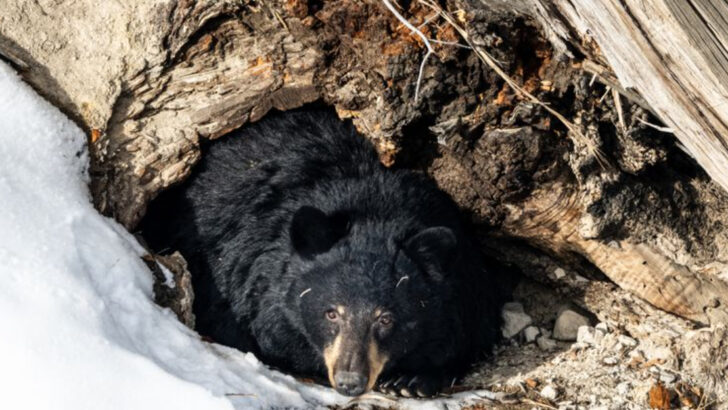Bears do weird stuff—and we’ve got the proof.
We’re not talking about hunting, hibernating, or lumbering through the forest like walking tanks. We’re talking full-on tree scratching, cub wrestling, snow diving, and yes… belly flops into rivers like it’s the Olympics.
These aren’t mindless beasts roaming the wilderness. Bears have routines, rituals, and straight-up personalities. Some nap like champs. Others love a good scratch session on the same tree every day. And a few? They’ve been caught using tools like furry little survivalists.
Wildlife cameras don’t lie. When no one’s watching—or when they think no one’s watching—bears let their true selves shine.
And it’s impossible to look away.
Tree Climbing Bears
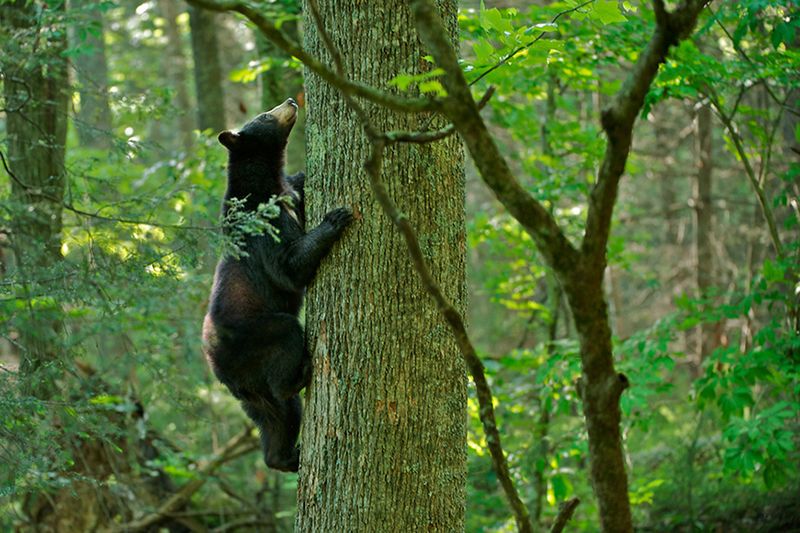
In the heart of the dense forest, a young black bear demonstrates its impressive climbing skills. With a remarkable ability to ascend towering trees, these bears often use this skill as a getaway from predators or simply to reach food sources. The sight of a bear navigating its way up a tree trunk is both awe-inspiring and a testament to its adaptability. Did you know that black bears are among the best climbers in the bear family? This unique skill is crucial for their survival, allowing them to escape dangerous situations and explore the forest canopy.
Fishing Grizzlies
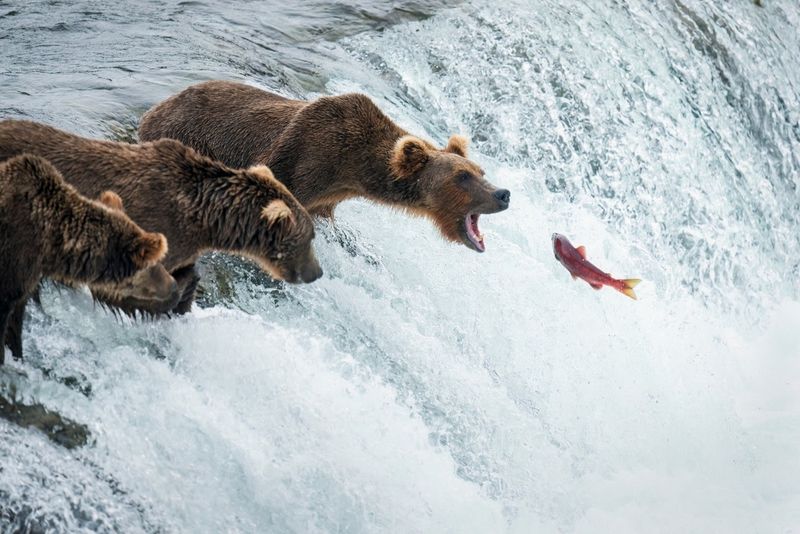
Amidst the roaring rivers of Alaska, grizzly bears engage in one of nature’s most thrilling spectacles. As salmon leap upstream, grizzlies showcase their expert fishing skills, snatching fish mid-air with precision. This behavior is not just a feeding technique but a survival strategy during the salmon run. Grizzlies have developed unique fishing methods, adapting to each river’s flow and fish behavior. With their acute sense of timing and strength, these bears become master anglers, providing a vital source of nutrition that sustains them through the harsh winter months.
Polar Bear Swimming

In the vast, icy expanse of the Arctic, polar bears are exceptional swimmers. Their ability to traverse long distances in frigid waters is crucial for hunting seals and reaching new ice flows. This endurance swimming is a testament to their adaptation to the harsh Arctic environment. Polar bears use their large front paws to paddle, allowing them to cover up to 60 miles in a single swim. This remarkable swimming ability is essential for their survival, particularly as climate change affects their icy habitat. The sight of a polar bear gliding through cold waters is truly mesmerizing.
Sloth Bear Termite Hunt
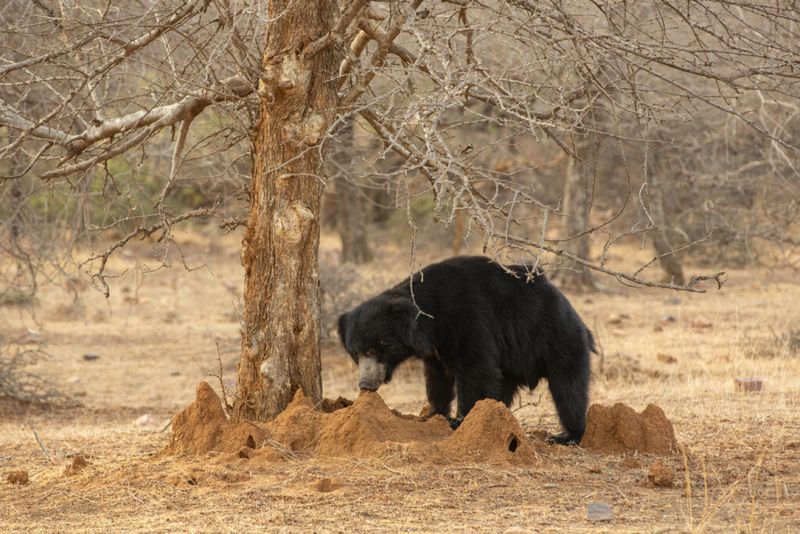
Deep in the Indian jungles, the sloth bear showcases a unique feeding behavior. With its long, flexible snout and powerful claws, it excavates termite mounds with ease. This bear’s diet primarily consists of insects, and its termite-hunting skills are unparalleled. By sucking up termites through their specially adapted lips, sloth bears consume thousands of insects in one sitting. This behavior not only highlights their specialized diet but also their role in controlling insect populations. Watching a sloth bear on a termite hunt is a fascinating glimpse into their ecological niche.
Spectacled Bear Foraging
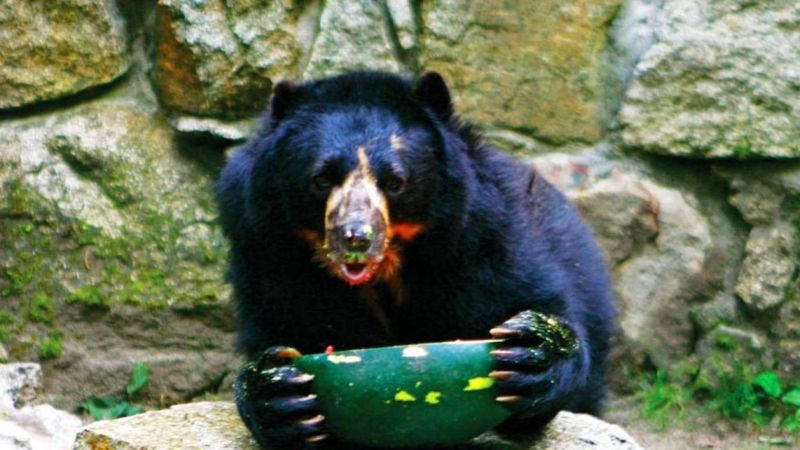
High in the Andes Mountains, the spectacled bear embarks on a foraging adventure. These bears are largely herbivorous, with a diet rich in fruits, which they skillfully pluck from trees. Known for their distinctive facial markings, spectacled bears are adept climbers, often scaling trees to reach ripened fruits. This foraging behavior is vital for their sustenance, especially in the diverse ecosystems they inhabit. Their role in seed dispersal also helps maintain the ecological balance of their habitat. Observing a spectacled bear forage is a testament to its adaptability and ecological importance.
Brown Bear Digging
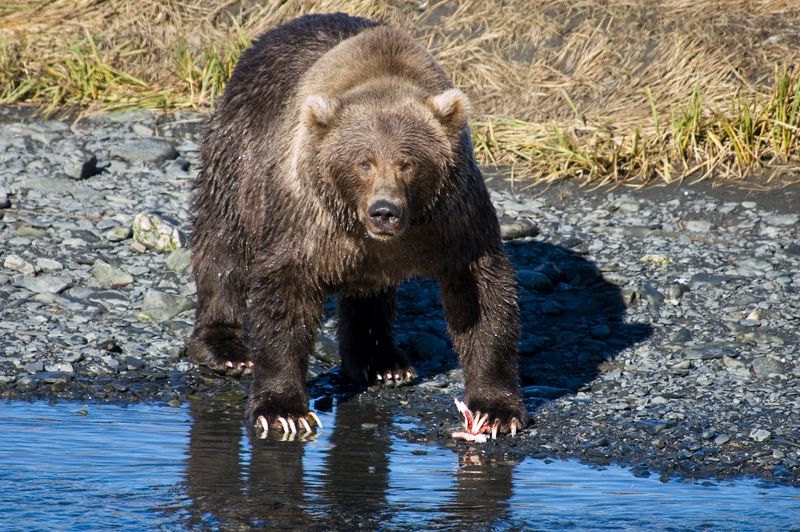
By the riverbanks, a brown bear engages in an earth-moving activity. With powerful limbs, it digs into the ground searching for roots, insects, or small mammals. This behavior is a reflection of their omnivorous diet and resourcefulness. Digging not only provides nutrition but also plays a role in soil aeration, benefiting the ecosystem. Brown bears demonstrate remarkable strength and determination in their search for food, showcasing their adaptability in various environments. Watching a brown bear dig is a reminder of the intricate balance between predator and prey in the wild.
Mother Bear Cub Protection
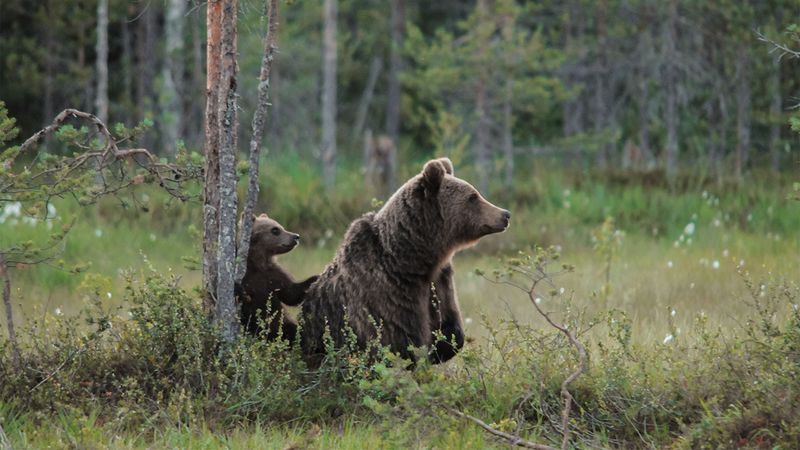
In a serene forest clearing, a mother bear exhibits one of nature’s most poignant behaviors—protecting her young. With eyes scanning for danger, she is ever vigilant, ensuring her cubs’ safety. Mother bears are fiercely protective, often going to great lengths to shield their offspring from predators. They teach essential survival skills, guiding their young through the complexities of the wild. This maternal instinct is crucial for the survival of the species, as cubs rely heavily on their mother’s guidance during their early years. Observing this bond is a heartwarming experience.
Bear Hibernation Rituals
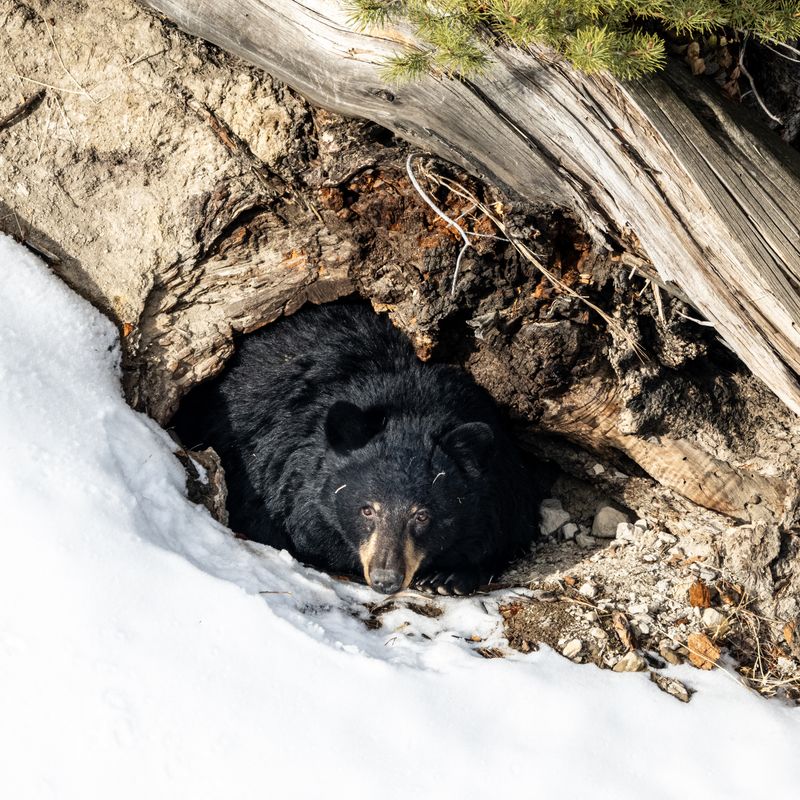
As winter descends, bears prepare for hibernation—a remarkable survival adaptation. They retreat to dens, often located in caves or dug into hillsides, where they remain dormant for months. This period of inactivity allows them to conserve energy during food scarcity. Prior to hibernation, bears undergo hyperphagia, consuming large quantities of food to build up fat reserves. The transformation from active hunters to peaceful sleepers is astonishing. Hibernation not only ensures survival through harsh winters but also exemplifies nature’s cycles and adaptability. Witnessing this transition is a lesson in resilience.
Playful Bear Cubs
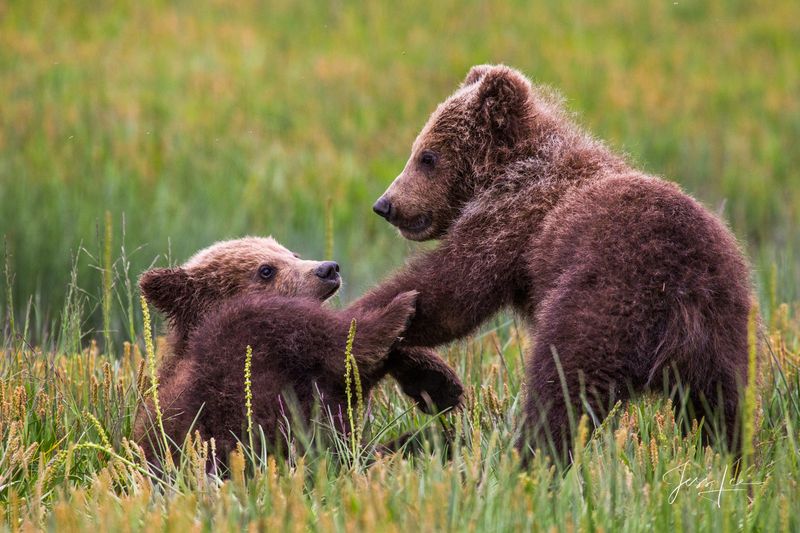
In a sun-dappled meadow, young bear cubs engage in playful wrestling. This behavior is more than mere entertainment—it’s essential for their development. Through play, cubs hone their motor skills, learn social cues, and build strength. Their playful antics are a delight to observe, often resembling a dance of curiosity and exploration. This interaction is crucial for their growth, teaching them the skills needed to navigate the wild world they inhabit. The sight of playful bear cubs is a joyful reminder of the innocence and wonder of youth in the animal kingdom.
Grizzly Bear Marking Trees
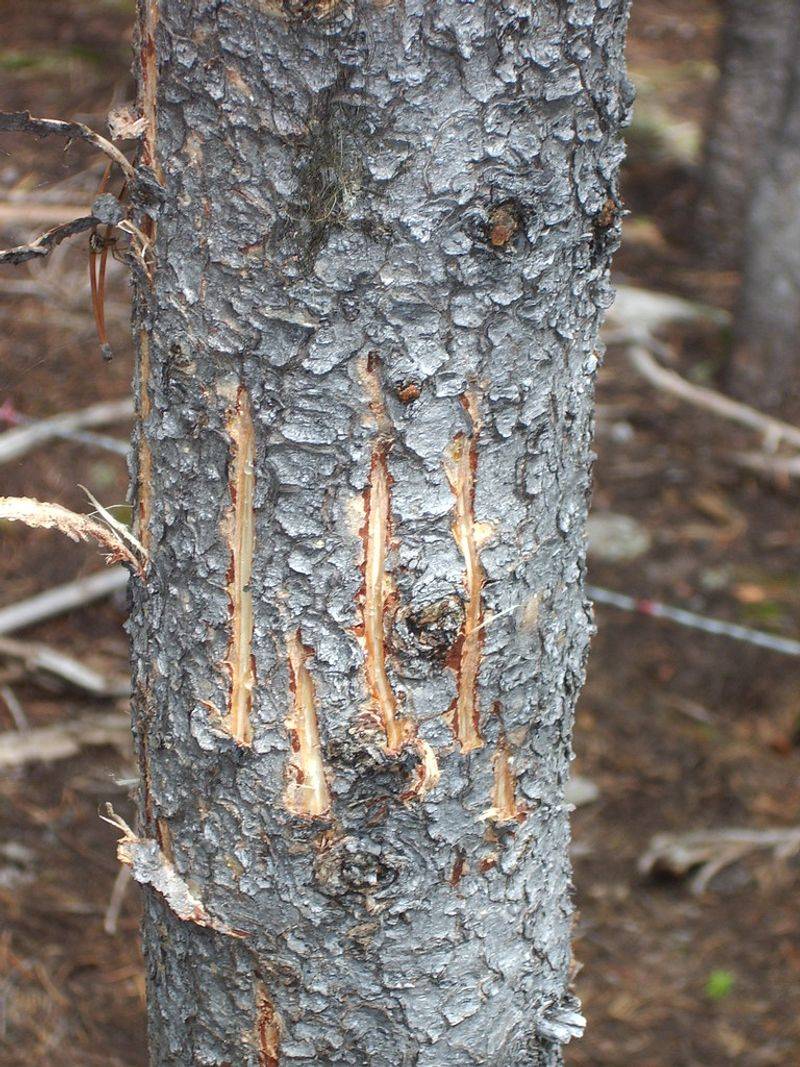
In the shadowy depths of the forest, a grizzly bear engages in an intriguing behavior—rubbing against tree trunks. This tree-marking not only helps scratch hard-to-reach itches but also serves as a communication tool. Bears leave scent markings, communicating their presence and territory boundaries to other bears. This behavior is a fascinating blend of physical relief and social interaction. By marking trees, grizzlies assert their dominance and navigate complex social structures. Observing a bear mark a tree offers insight into their communication methods and territorial instincts.
Panda Bamboo Eating
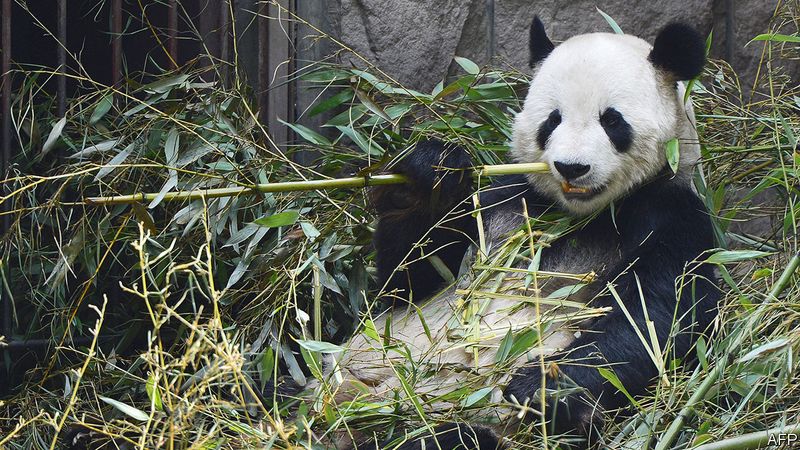
Amidst the tranquil bamboo forests of China, the giant panda indulges in its favorite pastime—eating bamboo. With a diet almost exclusively consisting of bamboo, pandas spend hours each day munching on this tough grass. Their strong jaws and adapted teeth make them efficient bamboo consumers. This feeding behavior is crucial for their survival, as bamboo provides the necessary nutrients. Pandas play a vital role in their ecosystem, aiding in bamboo forest regeneration. Their leisurely eating habits offer a glimpse into a lifestyle of calm persistence and specialized adaptation.
Kodiak Bear Fishing Skills
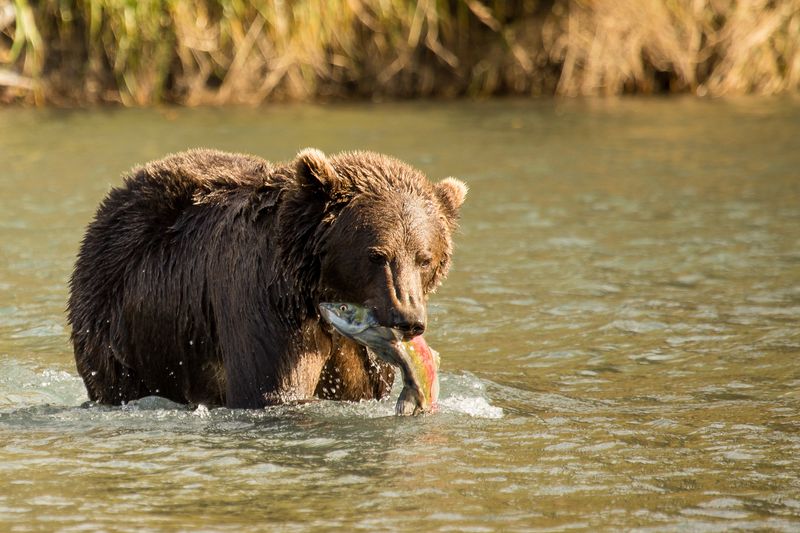
On the banks of Alaskan rivers, the Kodiak bear displays exceptional fishing prowess. These bears are among the largest in the world, and their fishing skills are a sight to behold. Using their keen senses and powerful paws, they catch fish with precision, timing their strikes perfectly. Fishing is a crucial part of their diet, providing the necessary nutrients for their large size. The Kodiak bear’s fishing abilities highlight their adaptability and mastery of their environment. Observing these giants in action is a thrilling experience, showcasing nature’s raw power.
Sun Bear Sunbathing
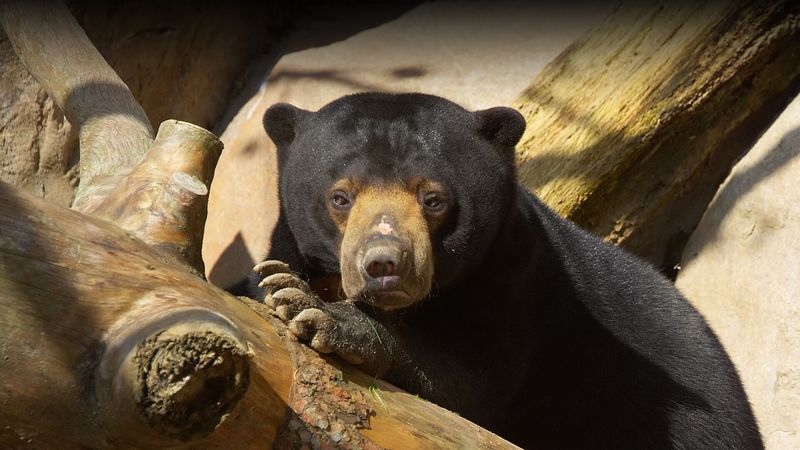
In the dappled sunlight of the tropical rainforest, the sun bear exhibits a leisurely behavior—sunbathing. With its distinctive chest marking, this bear basks in the warmth, often lounging on tree branches. Sunbathing helps regulate their body temperature and provides a moment of relaxation. This behavior reflects their laid-back nature and adaptability to their environment. Sun bears, known for their smaller size, exhibit unique behaviors that contrast with their larger relatives. Observing a sun bear lounging in the sun is a serene experience, capturing the essence of tranquility in the wild.

